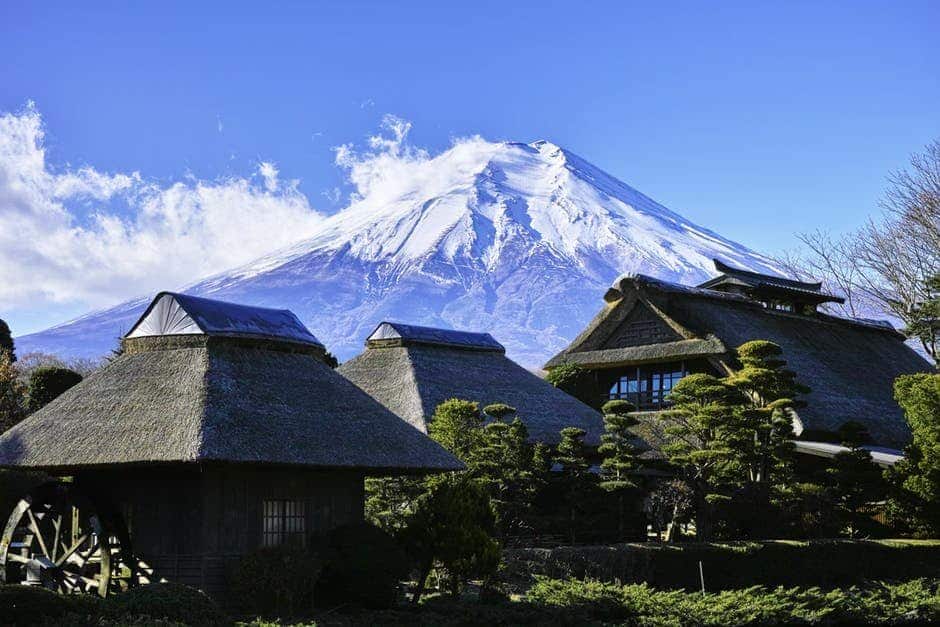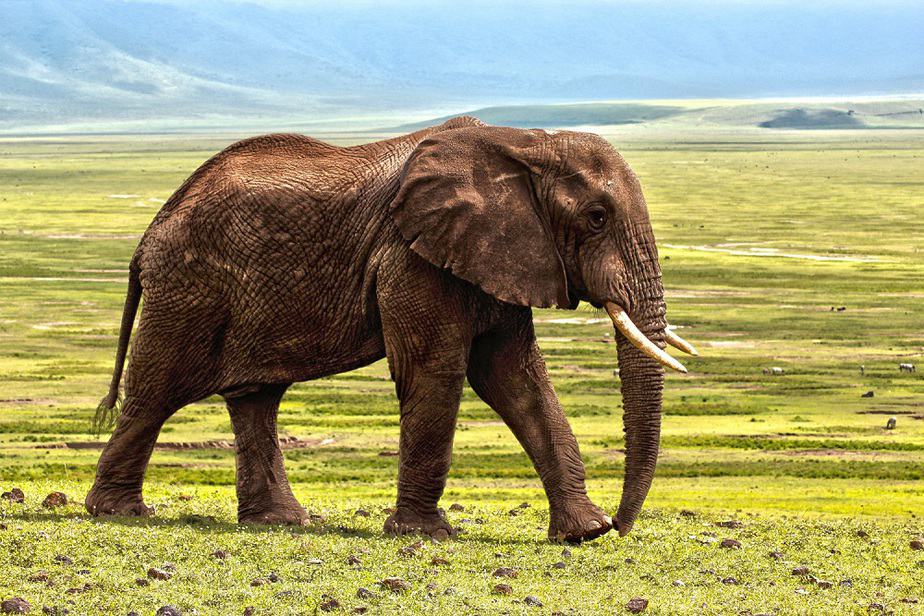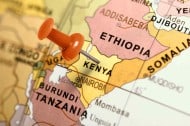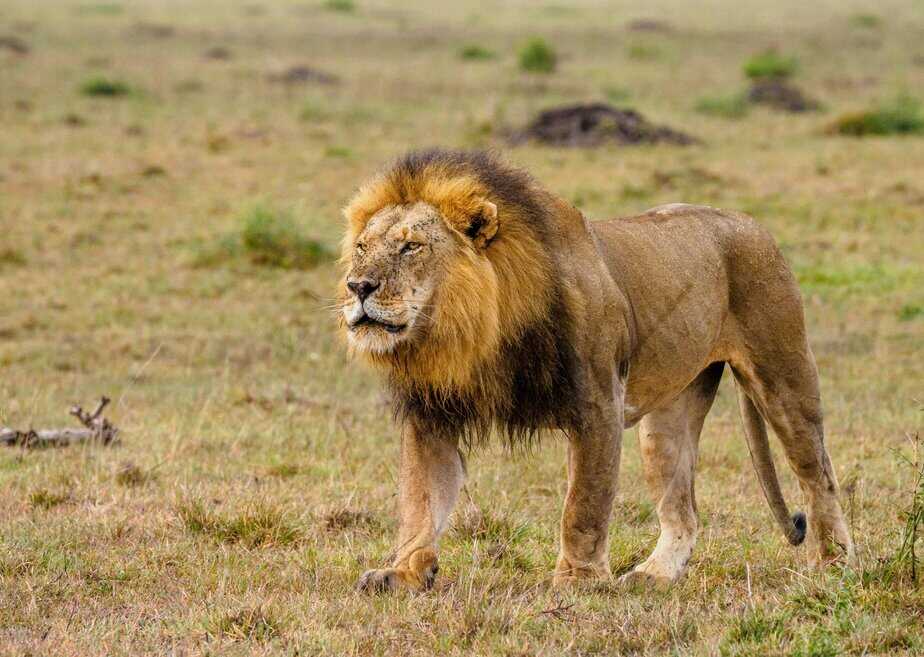
Masai Mara Safari Planning Guide
How to Plan the Perfect Masai Mara Safari in Kenya
A safari in Masai Mara is the epitome of an African adventure. With its vast savannas, rich wildlife, and breathtaking landscapes, Masai Mara offers one of the world’s most remarkable safari experiences. If you’ve been dreaming of seeing the ‘Big Five’ — lions, leopards, elephants, buffalo, and rhinoceros — in their natural habitat, then Masai Mara, Kenya, should be at the top of your travel list.
However, planning the perfect safari in Masai Mara requires more than just booking a flight and picking a lodge. There are several factors to consider, from choosing the best time to visit, to selecting the right accommodation, and deciding on the activities that will make your safari experience truly unforgettable. In this guide, we’ll walk you through everything you need to know to plan the perfect safari in Masai Mara, Kenya.
1. Why Choose Masai Mara for Your Safari?
Masai Mara is a renowned game reserve located in southwestern Kenya, famous for its high concentration of wildlife and breathtaking landscapes. The reserve is part of the larger Mara-Serengeti ecosystem, which stretches into Tanzania. It’s best known for the annual Great Migration of wildebeest, zebras, and gazelles, which is one of the Seven Natural Wonders of Africa.
The reserve’s diverse landscapes, ranging from grasslands to riverine forests and wetlands, make it an ideal destination for a safari. Here are some reasons why Masai Mara should be your top choice:
- Rich Wildlife: Masai Mara is home to over 95 species of mammals, including the iconic Big Five, as well as a plethora of bird species and reptiles.
- The Great Migration: The migration of wildebeest, zebras, and gazelles between Masai Mara and the Serengeti is a once-in-a-lifetime spectacle.
- Cultural Experience: Beyond the wildlife, Masai Mara offers an opportunity to interact with the local Maasai people, who have lived alongside the land for generations.
- Luxury Lodges & Tented Camps: From luxury safari lodges to intimate tented camps, Masai Mara offers a variety of accommodation options that suit different budgets and preferences.
2. Best Time to Visit Masai Mara
When planning your safari, the timing of your trip is crucial to maximize the wildlife experience. The best time to visit Masai Mara depends on your specific interests, but here are the key factors to consider:
The Great Migration (July to October)
The most popular time to visit Masai Mara is during the Great Migration, which occurs between July and October. During this period, millions of wildebeest, zebras, and gazelles migrate from the Serengeti in Tanzania to the lush grasslands of Masai Mara. This is a spectacular event, as the herds must cross rivers filled with crocodiles, and predators like lions, cheetahs, and leopards are on the prowl.
Dry Season (June to October)
For general wildlife viewing, the dry season from June to October is also ideal. During these months, the animals congregate around water sources, making them easier to spot. The clear skies and warm temperatures ensure perfect safari conditions, and the roads in the park are passable.
Green Season (November to April)
If you’re looking for a more peaceful safari experience with fewer crowds, the green season (November to April) is an excellent time to visit. While some areas may experience rainfall, the lush landscapes provide a different kind of beauty. This season is also great for birdwatching, as migratory birds flock to the region.
3. Deciding How Long to Stay in Masai Mara
The ideal duration for your safari depends on how much time you have available and what you want to experience. A typical Masai Mara safari lasts between 3 to 5 days, which gives you enough time to explore the reserve thoroughly and take part in various activities. Here’s how to structure your time:
3-Day Safari
- Day 1: Arrive in Masai Mara, settle into your lodge or camp, and enjoy an afternoon game drive.
- Day 2: Morning and evening game drives to spot the Big Five and other wildlife.
- Day 3: Early morning game drive, followed by a cultural Maasai village visit, and return to Nairobi or your next destination.
5-Day Safari
- Day 1: Arrive in Masai Mara, settle in, and enjoy an afternoon game drive.
- Day 2 & 3: Explore the reserve with both morning and evening game drives. Optionally, visit the Maasai Mara’s scenic viewpoints, such as the Mara River, or participate in a balloon safari.
- Day 4: Take a full day game drive or a trip to the nearby Mara River for a chance to see the migration.
- Day 5: Enjoy a final early morning game drive before returning to Nairobi.
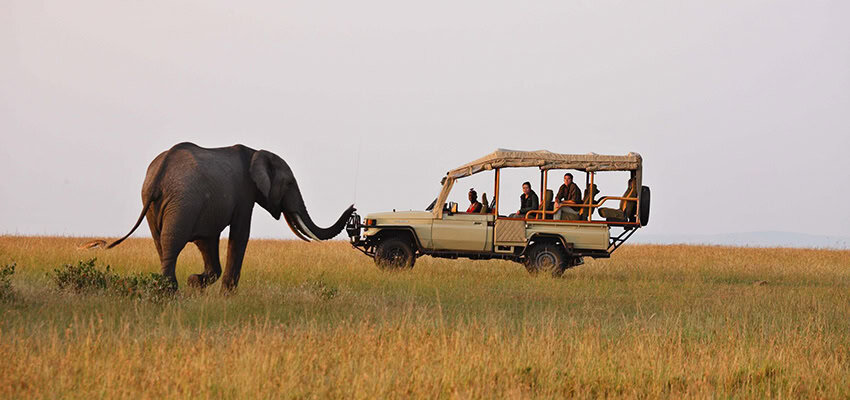
4. Choosing the Right Accommodation
Masai Mara offers a range of accommodation options, from luxurious lodges to more affordable campsites. Your choice of accommodation depends on your budget, preferences, and the type of safari experience you want.
Luxury Lodges and Tented Camps
For those seeking a high-end safari experience, Masai Mara offers exclusive luxury lodges and tented camps. These lodges offer spacious rooms, gourmet meals, spa services, and private game drives. Some notable options include:
- Angama Mara: Perched on the edge of the Great Rift Valley, Angama Mara offers stunning views and luxurious tented suites.
- Mara Serena Safari Lodge: Located in the heart of Masai Mara, Mara Serena offers panoramic views and exceptional service.
- Saruni Mara: This eco-luxury lodge combines sustainability with comfort, offering private villas and stunning game-viewing opportunities.
Mid-Range and Budget Options
For travelers on a budget, there are several mid-range lodges and tented camps offering great value without compromising on the safari experience. Some options include:
- Mara Simba Lodge: A budget-friendly option with comfortable accommodations and excellent game viewing.
- Miti Mingi Eco Camp: A small eco-friendly camp with a focus on sustainability and wildlife conservation.
Campsites
For an authentic and more affordable experience, you can opt to stay at a campsite in the reserve. While they offer basic amenities, they provide a closer connection to nature.
5. Safari Activities in Masai Mara
Your safari experience is more than just game drives. Here are some of the most popular activities you can enjoy during your Masai Mara adventure:
Game Drives
A traditional game drive is the highlight of any safari. These guided drives take place early in the morning and late in the afternoon when animals are most active. Your guide will help you spot wildlife and share their knowledge of the animals and ecosystem.
Hot Air Balloon Safari
For an unforgettable experience, consider taking a hot air balloon safari over the Masai Mara. Drift over the savanna at dawn and enjoy spectacular views of the landscape and wildlife below. After landing, enjoy a champagne breakfast.
Maasai Village Visit
Immerse yourself in the local culture by visiting a Maasai village. The Maasai people are the indigenous community of the region, and visiting their villages gives you insight into their traditions, lifestyle, and way of life.
Walking Safaris
Walking safaris, led by a Maasai guide, allow you to explore the reserve on foot. This gives you a chance to learn about smaller details of the ecosystem, such as tracks, plants, and insects, which you might miss during a game drive.
Birdwatching
Masai Mara is a haven for bird lovers, with over 500 species of birds recorded in the area. The green season is particularly great for birdwatching, as migratory species arrive from Europe and Asia.
6. Packing for Your Safari in Masai Mara
When packing for a safari in Masai Mara, it’s important to bring items that will keep you comfortable in the wild. Here’s a list of essentials:
- Clothing: Neutral-colored clothing (khaki, brown, beige) to blend into the environment. Light, breathable fabrics for the day and warmer clothing for cooler mornings and evenings.
- Safari Gear: A good pair of binoculars, a camera, and a safari hat for sun protection.
- Health Essentials: Sunscreen, insect repellent, and a first aid kit.
- Footwear: Comfortable walking shoes for game drives and safaris on foot.
7. Conclusion
Planning the perfect safari in Masai Mara, Kenya, is about more than just booking a tour; it’s about crafting a memorable experience. From selecting the best time to visit, choosing the right accommodations, to deciding on the most exciting activities, your safari experience should be tailored to your interests. Whether you’re drawn by the Great Migration, the rich wildlife, or the culture of the Maasai people, Masai Mara promises to be an adventure of a lifetime.
So, pack your bags, book your safari, and get ready for an unforgettable journey in one of Africa’s most iconic wildlife destinations!
